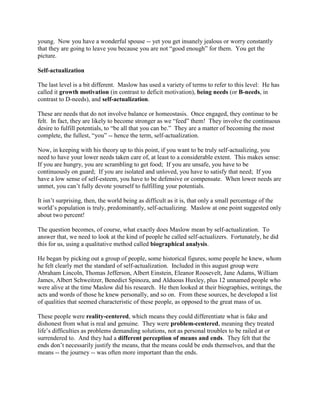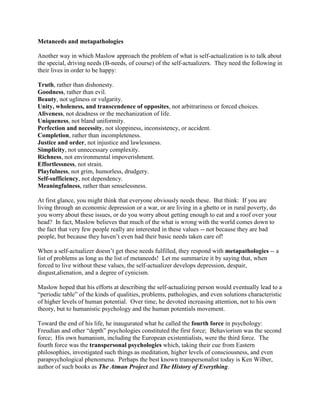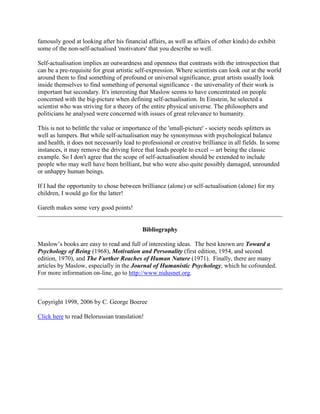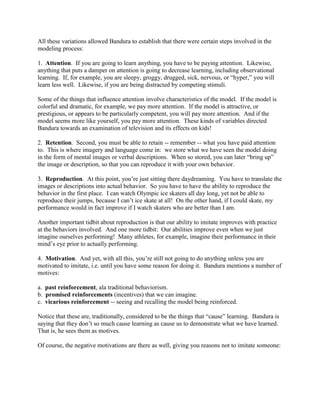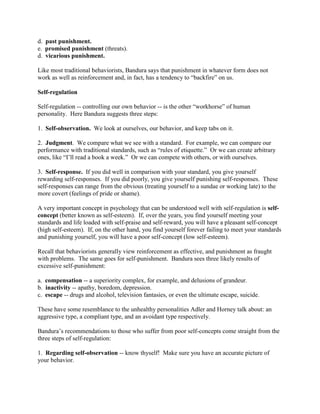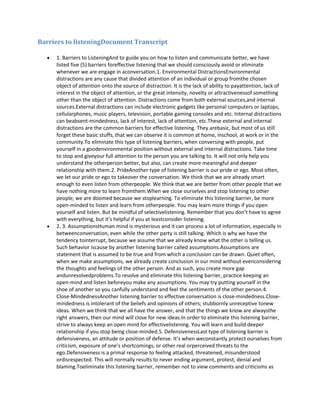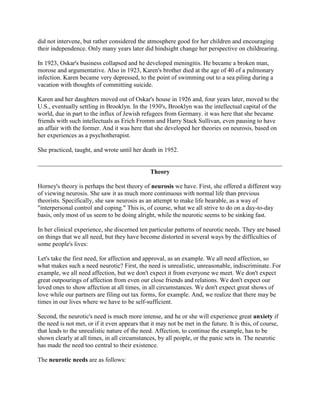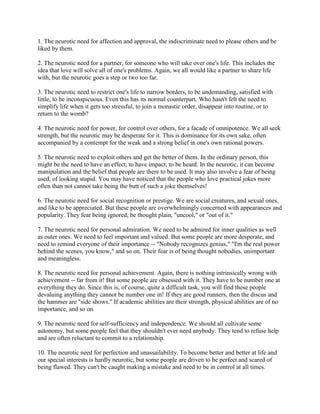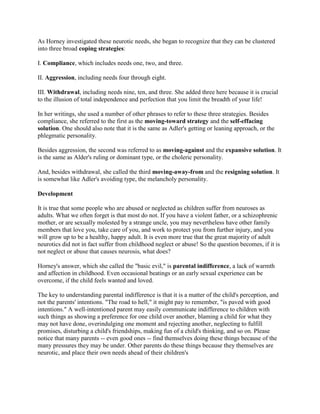Psychology is the scientific study of human and animal behavior with the goal of understanding why living beings behave as they do. It includes both pure psychology, which conducts research to understand behavior, as well as applied psychology, which uses psychological knowledge to solve practical problems. Some areas of psychology include developmental psychology, physiological psychology, animal behavior, educational psychology, cognitive psychology, and the study of personality and emotion. Psychology is distinct from but related to other fields like psychiatry, neuroscience, and ethology.
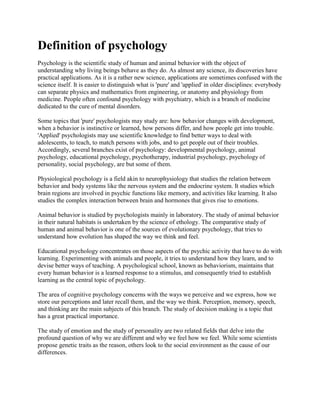



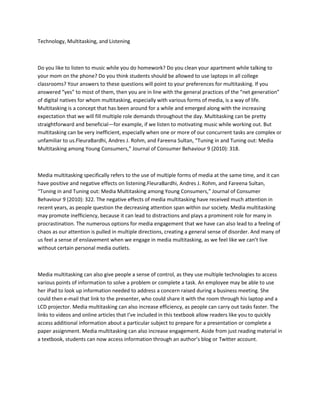

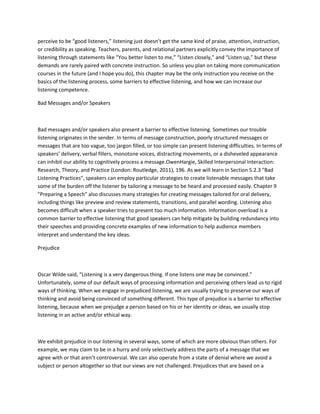






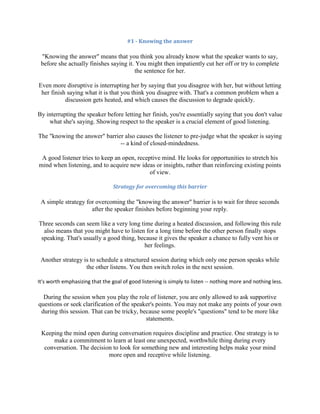







![Mindfulness in a nutshell -
take a sideways glance at what's hidden in plain view
From a listener's perspective -
communicate more effectively by helping your audience listen more effectively
Mindful listening -
overcome barriers to effective listening through mindful awareness
Technology is often seen as the driver of improved communications. In terms of message
transfer, technology certainly does play an essential role. However, communications is much
more than just transferring messages. To truly communicate means to learn something about the
interior of another person's mind.
Much has been said about the emergence of a "global mind" through technology. Of course,
we've noticed that technology, in itself, creates noise and discord as much as it melds minds.
A deeper commitment to better listening is essential in order for technology to fulfill its promise
of bringing the world together in real terms.
We can make a difference in the world by learning to listen better and by telling others about
better listening. But only if they listen.
Michael Webb, March, 2006
[ home ]](https://image.slidesharecdn.com/pppp-130625055604-phpapp02/85/Pppp-22-320.jpg)




